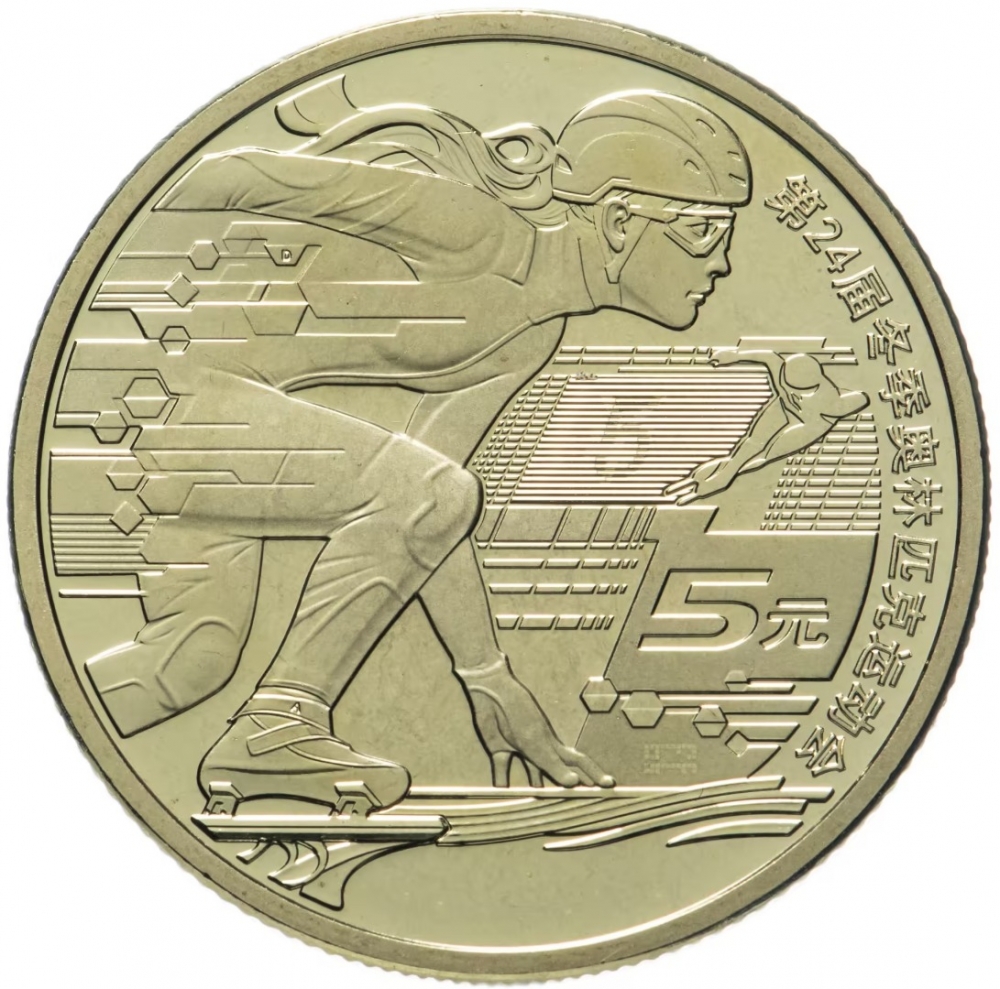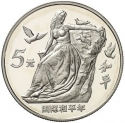You are about to finish your registration. Please check your mailbox (including spam folder). There should be a letter with a confirmation link. Check setting to make sure that your e-mail address is correct.
Send letter againDescription
The 2022 Winter Olympics, officially called the XXIV Olympic Winter Games and commonly known as Beijing 2022, was an international winter multi-sport event held between 4 and 20 February 2022 in Beijing, China, and surrounding areas with competition in selected events beginning 2 February 2022.
The Games featured a record 109 events across 15 disciplines, with big air freestyle skiing and women's monobob making their Olympic debuts as medal events, as well as several new mixed competitions. A total of 2,871 athletes representing 91 teams competed in the Games, with Haiti and Saudi Arabia making their Winter Olympic debut. The COVID-19 pandemic resulted in the implementation of health and safety protocols, including restrictions on public attendance at the Games.
Norway finished at the top of the medal table for the second successive Winter Olympics, winning a total of 37 medals, of which 16 were gold, setting a new record for the largest number of gold medals won at a single Winter Olympics.
Obverse

|
Depicts the emblem of the Beijing 2022 Winter Olympics, the Great Wall with snowflakes, the title of PRC and the year date. 中华人民共和国 |
|---|---|
Reverse

|
Depicts a short-track speed skater, the background as a combination of abstract lines and other elements, latent image, value "5元" (yuan) and mintmark micro symbol at the right, theme "XXIV Winter Olympic Games" on the right. 5元 |
| Edge |
5 Yuan
Beijing 2022 Winter Olympics
Short-track Speed Skating
Subscribe series
KM#
Beijing 2022 Winter Olympics
Short-track Speed Skating



